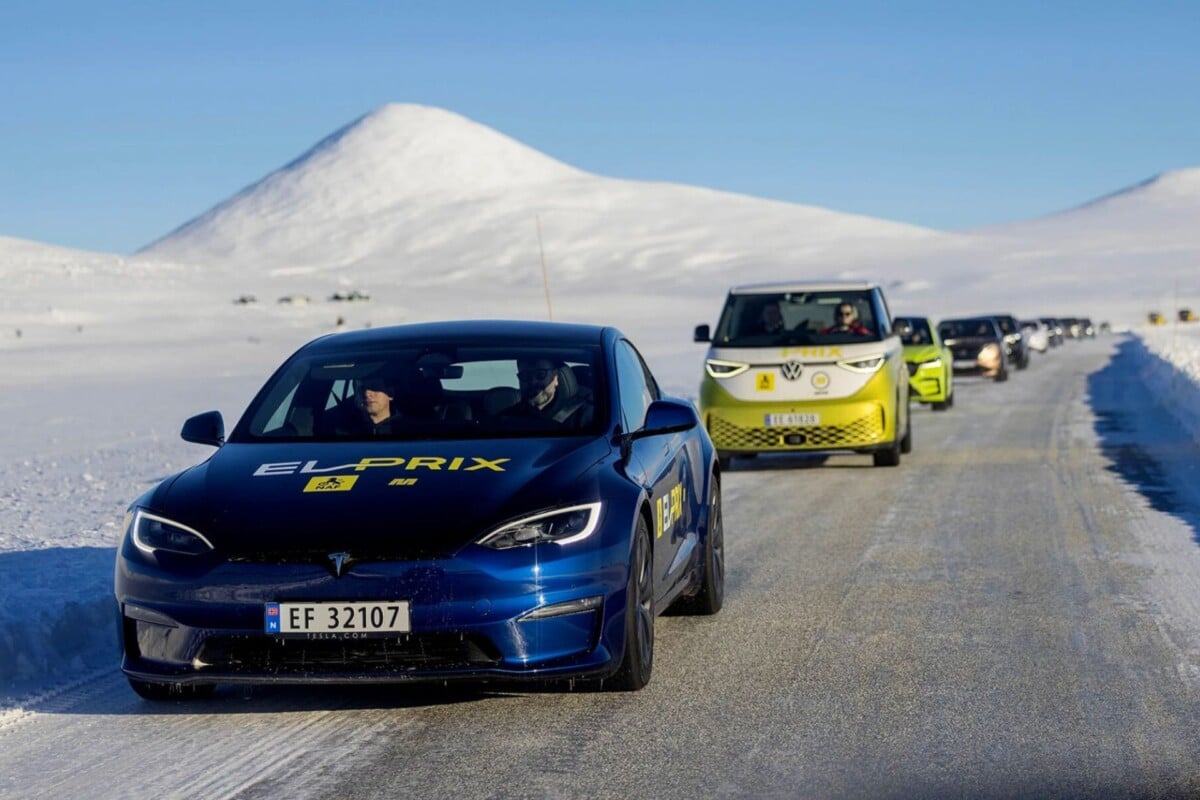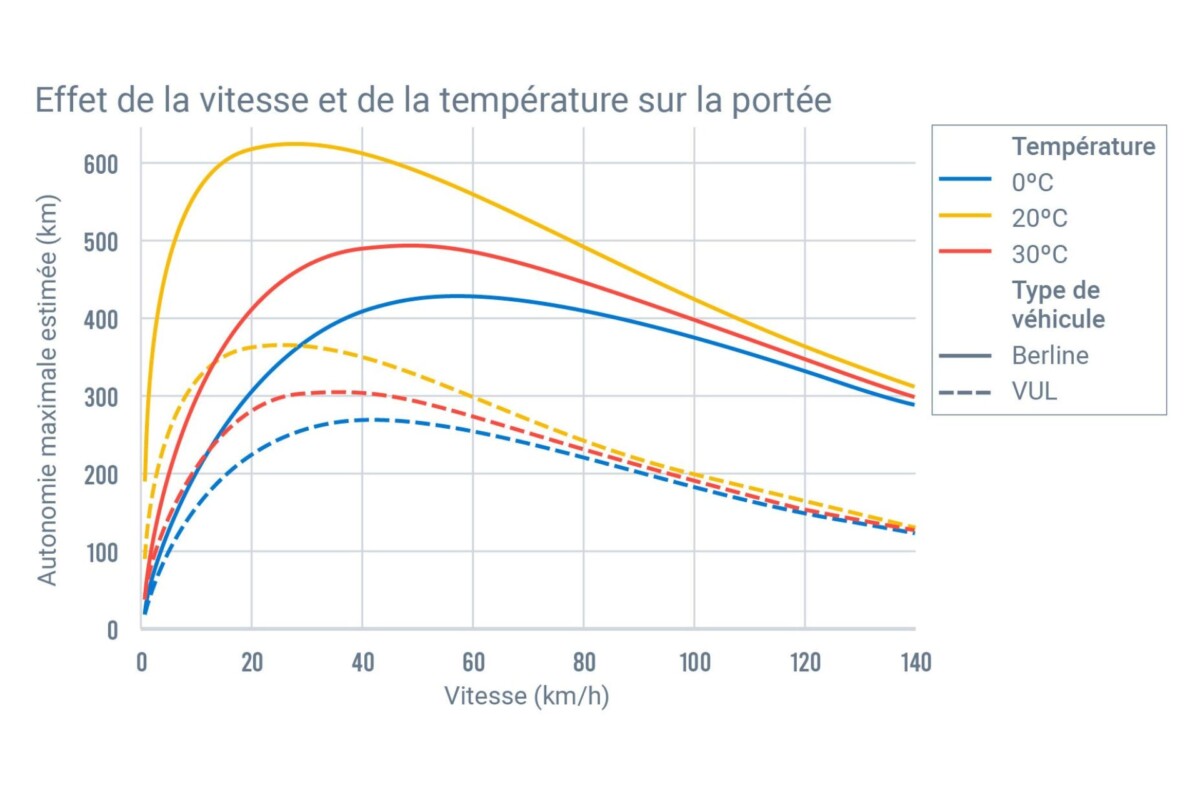If the cold has a strong effect on the autonomy of an electric car, which can reduce it by half, another factor also has a significant impact. This is speed, which plays a decisive role in energy consumption. This new study makes it possible to analyze the impact of cold and speed on the range of electric cars.
If you have ever driven an electric car in the winter, or if you own one, you may have noticed that battery life is significantly lower to that displayed in summer. And rest assured, this is not a technical problem, or a hallucination, but a scientific fact. And it is above all completely normal, although it can be disabling. All the more so when we know that autonomy is still a delicate subject for motorists, who want it to be as great as possible. Even if it is potentially a mistake to think so.
The cold, but not only
Indeed, when it is cold, the distance that can be traveled with an electric car melts like snow in the sun. And this for many reasons. First of all, in winter, the heating is much more in demand, which increases energy consumption. Unless your car has a heat pump, like the Kia EV6 or the Renault Mégane E-Tech. This reduces the phenomenon.
But another element comes into play. Indeed, theThe battery needs to be at an optimal temperature to function well.. And again, it takes energy to heat it up. But not all cars are in the same boat, as we saw during a test carried out by the Norwegian site Motor.no, during which the Tesla Model S particularly shone with its autonomy.

But another element must also be taken into account. And you can totally play on this one to reduce your consumption. It’s all about speed, as the site explains. Geotabwhich offers a detailed analysis of the fluctuation of the autonomy according to the temperature and the behavior at the wheel. For this, the company compared the data of a compact car and a light commercial vehicle in different scenarios.
The simulations are then based on vehicles equipped witha 65 kWh battery and rolling at a constant speed. Data from 350,000 trips by 500 vehicles were used for the sedan results and 2.8 million trips by 2,000 vehicles were analyzed for the LCV.
A variable impact
Overall, the study conducted by the company specializing in telematics and fleet monitoring shows that speed ultimately has a much greater impact than temperature on the range of an electric car. However, some nuances should be made.
Indeed, the ideal speed to reduce consumption as much as possible depends on the temperature. For a private car, autonomy will then be the most preserved by driving at 30 km/h when the temperature is 20 degrees. At 0 degrees, the optimum speed is then 60 km/h.
But how is this done? Geotab explains that these figures are the result of a ” exchange between the amount of energy required to overcome the drag force and that required to maintain a comfortable temperature in the passenger compartment“. In concrete terms, it will sometimes be wiser to drive a little faster to get to your destination faster, and therefore consume less heat. But driving at a higher speed also consumes more.

But then, is it the temperature or the speed that has the greatest impact? Actually, the answer is not so categorical because it depends on several parameters, such as the type of vehicle and route. As a general rule, speed has a greater impact when it is high, on the highway for example. In town, on the other hand, it is the temperature that will play a more important role. However, it is essential to limit jerks and strong accelerations in order to limit consumption, especially in traffic jams.
Autonomy according to temperature and speed
We can take a few examples: at 20 degrees Celsius, the average range of an electric car equipped with a 65 kWh battery is approximately 425 km at 100 km/h compared to 375 km at 130 km/h. With an ambient temperature of 0 degrees, we go to 375 km and 300 km respectively. But beware: these figures are the result of an average. As we have seen in various tests, the results vary enormously from one car to another.
For a larger vehicle such as a utility vehicle, the temperature then has a negligible effect and it will be wiser to drive more slowly. So, by reducing your speed, whatever gear you’re driving, you can increase your autonomy.
In winter, it will nevertheless be impossible to reach a value identical to that announced by the manufacturer according to the WLTP cycle. Indeed, the certification tests are carried out under optimal temperature conditions to reach a maximum figure.
Do you use Google News (News in France)? You can follow your favorite media. Follow Frandroid on Google News (and Numerama).


